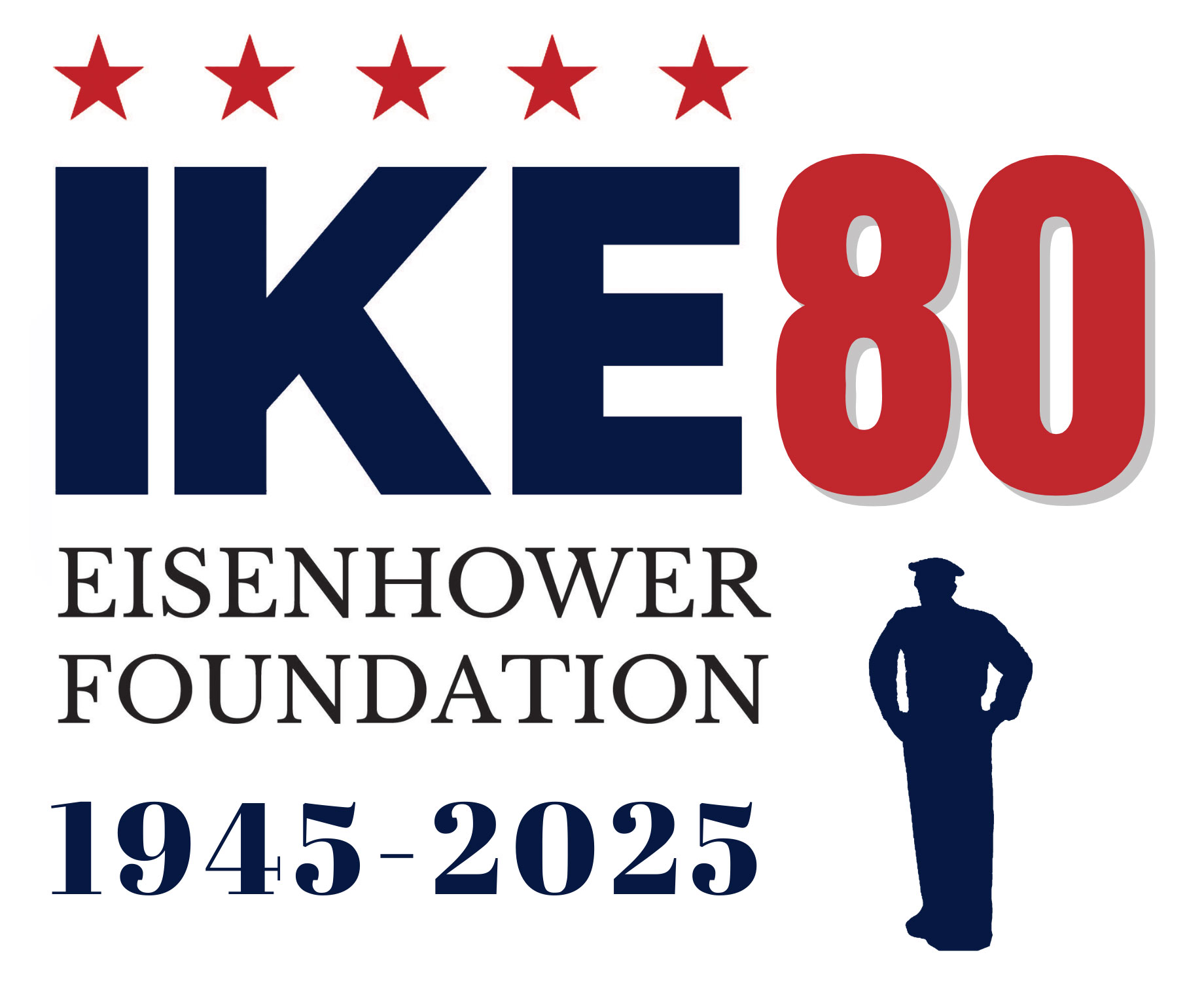In May, the nation marked the 66th anniversary of the landmark 1954 Brown v. Board of Education U.S. Supreme Court decision, which declared segregated schools unconstitutional. However, desegregation did not happen overnight. Three years later, in September 1957, nine African American students, known as the Little Rock Nine, enrolled at Central High School in Little Rock, Arkansas, setting off a historic confrontation between federal authority and state resistance.
The crisis gained international attention when Arkansas Governor Orval Faubus ordered the Arkansas National Guard to block the students from entering the school, directly defying federal law. This became the first major test of desegregation enforcement. As riots broke out, President Dwight D. Eisenhower faced a difficult decision: allow a state to ignore federal law or take unprecedented action to uphold the Supreme Court’s ruling. He chose the latter, sending the 101st Airborne Division to Little Rock to protect the students and ensure they could safely attend school.
On September 24, 1957, President Eisenhower addressed the nation, stating:
Mob rule cannot be allowed to override the decisions of our courts.
Although the Little Rock Nine continued to endure harassment, the Airborne troops were withdrawn after two months. However, under Eisenhower’s orders, the Arkansas National Guard remained at Central High for the rest of the school year to safeguard the students.
In June 1990, during the Eisenhower Centennial, a panel discussion at the Eisenhower Presidential Library reunited several key figures from the crisis. Four members of the Little Rock Nine, Eisenhower’s Attorney General Herbert Brownell, Jr., and even former Governor Orval Faubus participated. While Faubus spoke about societal progress, the students vividly recalled the violent mobs, the airborne troops protecting them with fixed bayonets, and their graduation ceremony attended by Dr. Martin Luther King, Jr.
President Eisenhower played a crucial role in the modern civil rights movement beyond Little Rock. In his first two years in office, he successfully desegregated the District of Columbia and ended segregation in military combat units. In 1955, Frederick Morrow became the first African American to hold an executive position at the White House. Eisenhower also signed the Civil Rights Act of 1957—the first such legislation since Reconstruction—which laid the foundation for future civil rights laws. Its legacy lives on today through the Civil Rights Commission and the Civil Rights Division of the Justice Department.
The Eisenhower Foundation continues to promote dialogue and education on this pivotal moment in American history. Thanks to your support, the IKEducation program Desegregating Little Rock teaches students about this era of struggle and progress. This lesson is available here, along with many others on our website under IKE Online in the Lesson Plans section.


